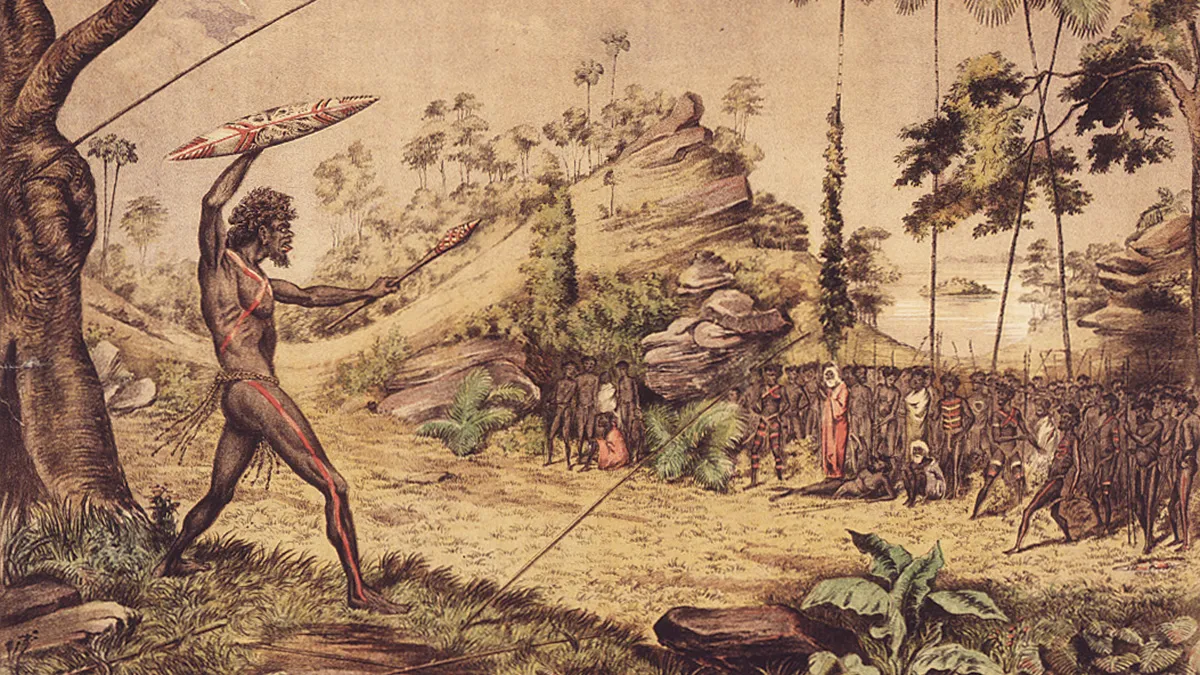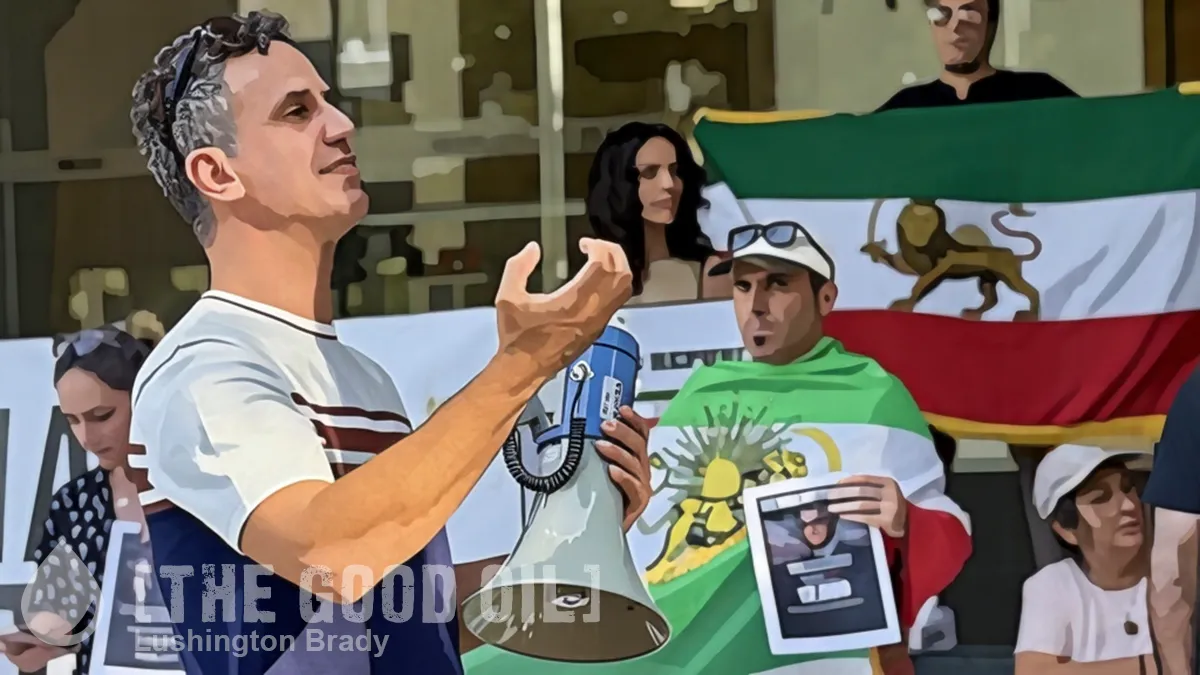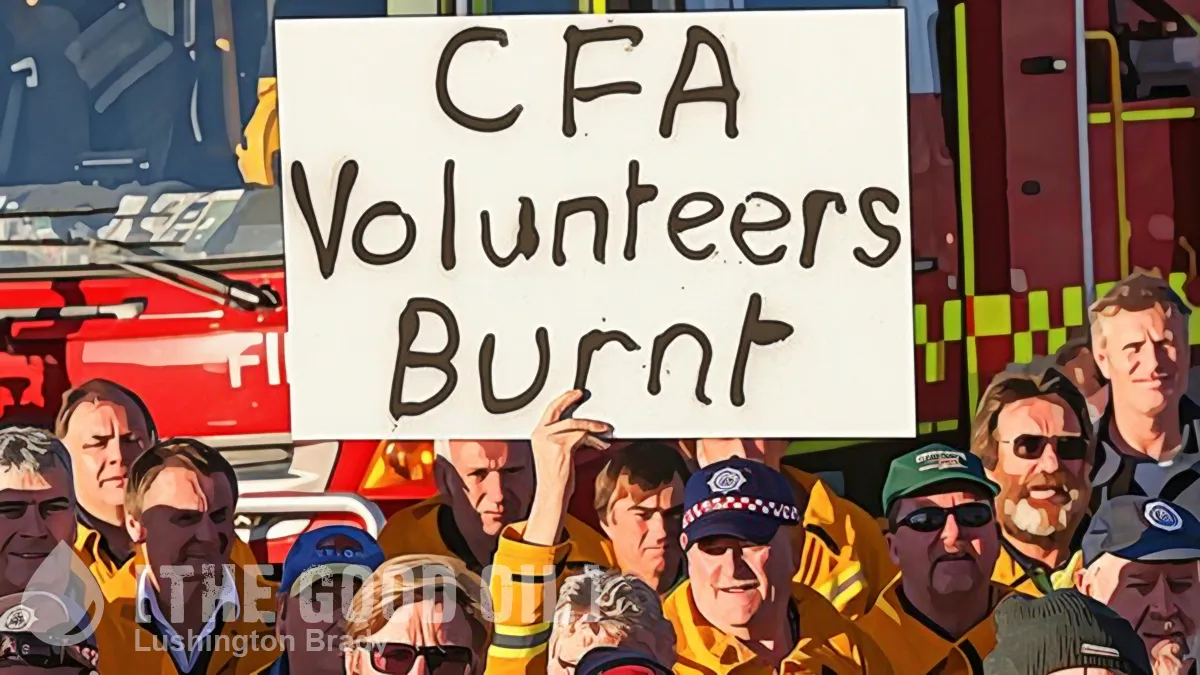Table of Contents
For many years, a comforting myth endured in part of Australia: that, with the arrival of the British, the Aboriginal inhabitants of the land conveniently, somehow, just disappeared. But in recent years, an equally pernicious lie has come to rule the ivory towers of academia and the chic cafes of the chattering classes: the “Australian genocide”.
Given that there are quite possibly more Aboriginal Australians alive today than at the time of the First Fleet, and that they are, if census (and welfare) claims are to be believed, an astonishingly fast-growing population, clearly any putative genocide was a miserable failure.
No-one, though, would be so foolish as to believe that the arrival of Europeans was a shattering event in the long history of Aboriginal Australia. Not only was a millennia-old way of life all-but erased, but, clearly, many, many Aborigines did die. Even in the 19th century, H. G. Wells explicitly cited Tasmania as the template for his exterminating Martians, in The War of the Worlds.
Were the Aborigines, like Wells’ Martians, wiped out by disease, or brutally exterminated by weapons which no doubt seemed every bit as frightening and incomprehensible as the Heat-Ray? After all, despite 400 years of warfare in North America, the overwhelming killer of Native Americans was disease.
But that explanation lets European settlers off the hook far too easily for modern academics. Rather, anything which points to the bloody-handed guilt of altogether wicked whites is the preferred foundation myth of Australian academia.
Enter, the “Massacre Map”.
After years of preparation (and generous, taxpayer-funded, largesse) the Colonial Frontier Massacre Project (a name which clearly gives away that this was very much a conclusion in search of a premise) publicly unveiled their “Massacre Map”. Not one of the historians present did anything but politely applaud what was so obviously a gross academic fraud (rocking the boat, after all, being a shortcut to funding oblivion).
Just a few examples will serve to illustrate what the beard-stroking “historians” (who, with their associated lionising of faker Bruce Pascoe, have clearly relinquished any right to such an honour) chose not to point out: shoddy research, plagiarism and untruths passed off as “historical fact”.
Fake massacre, Lake Bolac. The Massacre Map narrative is plagiarised from Ian Clark’s Scars in the Landscape. His words are in italics:
According to local historian, M. Green, this “clash” took place on D.M. Macnab’s station where the colonists took refuge in a hut, which had loop holes through which they fired their guns. Eleven Aborigines including the “chief” were reported to have been shot. Green’s source for this was her late uncle, Harry Beardsley, whose parents worked on the station in 1859.
Despite trumpeting that “verification” was at the heart of their project, the academics responsible for the Map clearly looked no further than the single book which appeared to confirm what they had already concluded. Because even a rudimentary check demolishes their claims.
Clark’s unsubstantiated massacre story is based on a forty-page publication Mary Green compiled for the centenary of the Lake Bolac State School in 1966. Her uncle Harry may have been Henry William Beardsley, who died, aged seventy-five, in 1945—if so, he was born at least ten years after the supposed event.
Even Ian Clark first published the story with the caveat that “I have not been able to verify it took place”. But it appeared in his book, five years later, with no such caveat. In a concatenation of false positives, the obviously fake story has now become “history”, thanks to the Massacre Map that will no doubt be cited as fact by researchers forever after.
In a reversal of the phrase from The Lord of the Rings movie, myth became legend, legend became history.
What the Massacre Map describes as the Loddon Junction massacre appears to be built from two different events in Cannon’s book, the murder of two shepherds in October 1845 and then the killing of Aborigines in a fight with the Native Police in February 1846—which the academics assert was carried out in “reprisal”. Cannon was examining conflicts on the Murray between settlers and Aborigines, and he records the deaths of these two shepherds amongst other conflicts, and then refers to the later violence which occurred when fourteen Native Policemen, on an assignment to “pacify” the region, were themselves attacked by a group of “perhaps 200 warriors”. The history of what was happening around the Murray was far more complex than this simplistic pursuit of Aboriginal bodies.
Excluded from the gaze of the Massacre Map are the two murdered shepherds. The plagiarists don’t bother citing the description of William Britton’s body given by Cannon: “naked with spear wounds, opened, and his entrails taken out and beaten about his face and head apparently with a tomahawk, and his ears cut off”. Or that poor Tom Henning (or Heaney as he was named in a newspaper letter) was likewise found in a similar condition. And even though these two shepherds were killed, only one of them is counted on the Map details—under “Attackers Killed”.
Quadrant Online
This should serve as a cautionary tale that the Australian frontier, like frontiers throughout human history, was a confused and sometimes violent place. Violent on both sides. Aborigines were as apt to kill settlers (and each other) as vice-versa. Although, grimly, the better-armed settlers often meted out disproportionate “reprisals”.
Even the history of that is muddied by the Massacre Map. For instance, “Murdering Flat”. The name was actually bestowed on the place after the murder of a shepherd who was killed by Aborigines in 1839. Yet, on the Massacre Map, the murdered shepherd, William Heath, miraculously turns up as a witness for an unsupported claim that “40 Aborigines were slain in retaliation”.
Only a fool would deny that frontier violence was a grim fact of the European settlement of Australia.
But only an even bigger fool would believe demonstrable nonsense peddled as “history” — and plenty do.









